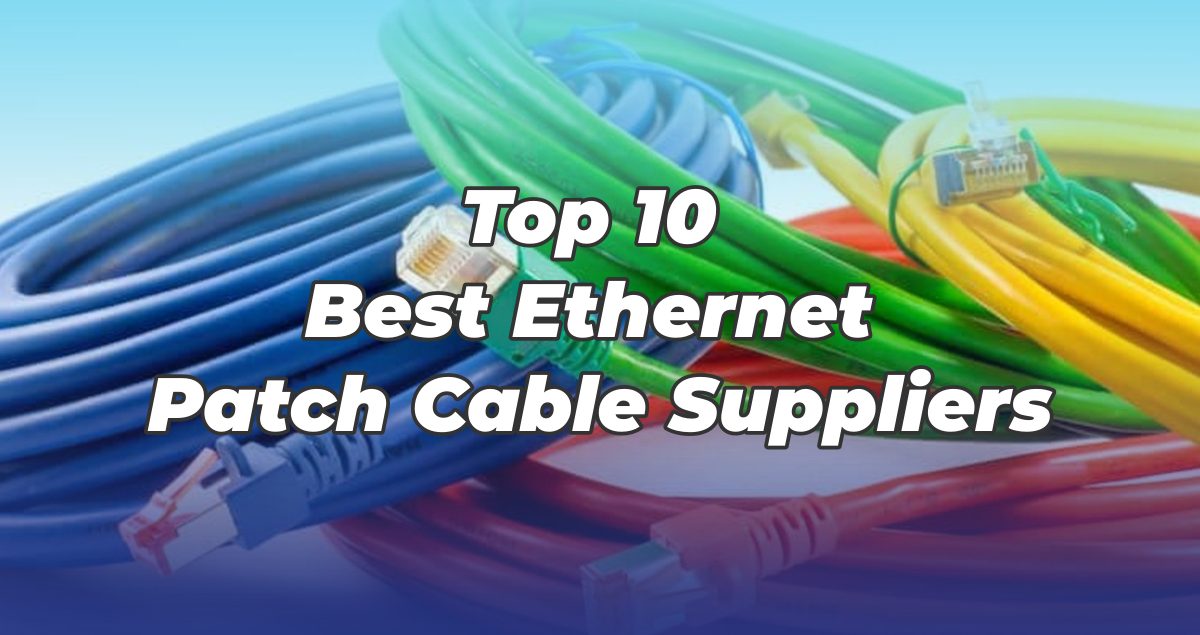How to [Practically] Choose and Buy the Best Ethernet Cable
How to [Practically] Choose and Buy the Best Ethernet Cable

This is somewhat a continuation on our previous guidepost on Ethernet cable. In a nutshell, it was written to equip you with the basics of Ethernet. We’ve also mentioned the differences between each Ethernet cable category. You can basically learn everything about Ethernet from head-to-toe; enough to muster the courage and confidence to select and buy the best Ethernet cable for your intended purpose. You may want to read it first before proceeding with this.
With that being said, this article is based on our company’s experience in Ethernet cable system and technology and handling communication with clients. This will lean more to the technicalities - of the cables and on buying them. We summarized the features you should look for in a patch cable or bulk Ethernet cable before you buy it. In that way, you can have a leeway to choose network cables smartly.
What High-Quality Ethernet Cables Must Possess
In choosing the ideal Ethernet cable to use, quality and price go in tango. You may find a couple of Ethernet cable suppliers marketing premium quality Ethernet cables with a seemingly low price. Usually, you would question its legitimacy. For one thing, you can find out for yourself if the cables are worth its price when you verify the following features from the Ethernet cable manufacturer:
- Overall cable test results
- Copper material (pure, bare or oxygen-free copper wire)
- Connector Material
- Jacket Material
Network Cable Test Results
Network downtimes and outages are not just caused by people accidentally spilling coffee on the data processor. It does not happen simply like that. It is more complicated, and it usually results from Ethernet equipment failure due to faulty cabling.
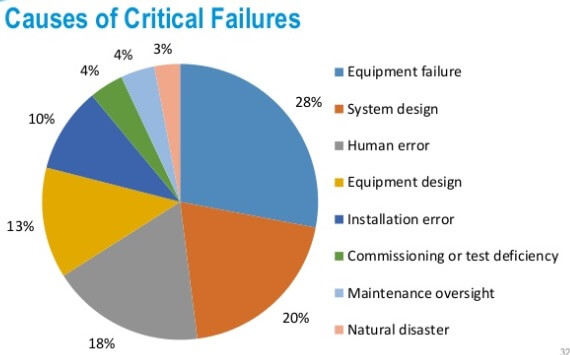
This means that a high amount of attention should be placed in checking the connectivity of the cables even before installation in cabinets. You should look for damaged conductors, faulty connections, loose cabling and nasty cable orientations. This is where fluke testers are needed.
Fluke Tests
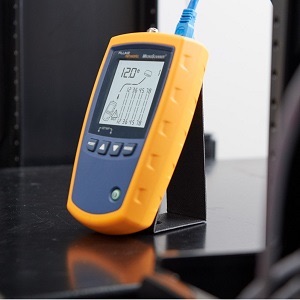
Fluke test performs continuity verification of the Ethernet cables. An Ethernet cable should be tested from core to sheath to determine its quality. The Fluke test measures the minimum voltage requirements between the cable core and the metal sheath which helps ensure that high-voltage surges. It is also universally known for determining the Ethernet cable’s electrical characteristics.
Fluke test also determines whether these results conform with different standards such as: Telecommunications Industry Association (TIA) or American National Standards Institute (ANSI), International Organization for Standardization (ISO) or International Electrotechnical Commission (IEC).
Which Standard to Follow: ISO or TIA?
The TIA and ISO standards are both followed depending on the type of Ethernet cable being tested. ISO standards are stricter than the network standards under TIA.
Cat5e Ethernet patch cords for domestic use, for example, are usually defined under the TIA standards and does not need to rigidly follow the ISO standards. Ethernet patch cables just need to pass channel testing. On the other hand, Cat6A patch cords must abide with ISO as they are designed for higher performance applications such as in large data centers.
The Fluke test recognizes both ISO and TIA standards for Cat5e and Cat6. It is not always guaranteed that all cables have passed 100% the fluke test. To ensure that you buy quality cables, the Ethernet cable manufacturer should be able to provide its Fluke report.
As part of the quality test procedures of OTSCABLE, each Ethernet cable undergoes a series of electrical tests and fluke tests. Conductors are checked for electrical integrity through a high-voltage test. Tests are also performed for capacitance and resistance check. Normally, almost all of our cables adhere to ISO standards.
Interpreting Ethernet Category Cable Fluke Test Result
Below you will find a Fluke test report. The numbers labeled on the sides are explained in the succeeding paragraphs.
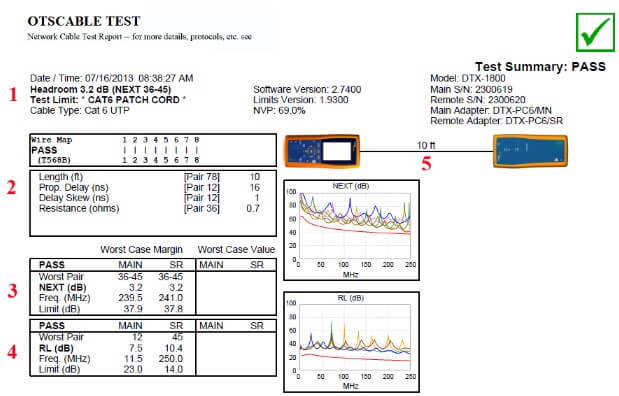
1. Test Limit
This displays the length of the cable in meters that you specify. This length stands as the basis of the calculations and thus should be equal or greater than the actual length of the cable. Another thing is that the length should be relatively a representation of its longer cable version that is not beyond the programmed limits of the Fluke tester.
Headroom
Headroom or Attenuation-to-Crosstalk ratio (ACR) is the difference between the attenuation signal and the produced NEXT and is measured in decibels (dB). It measures how much stronger the attenuated signal is than the crosstalk at the destination (receiving) end of a communications circuit.
2. Length, Delay Skew, and Resistance Table
This represents the Fluke’s calculation of the cable length.It is not necessarily its real length, but what the tester estimated from quantifying its electrical delay.
The table also represents the Propagation Delay and the Delay Skew both measured in nanoseconds.
- Propagation delay - the amount of time taken by a signal to reach the end of the cable from its origin. It is an important parameter in testing outdoor cables as it determines if signals are transmitted at the far end at its appropriate speed.
- Delay skew- This is the difference between the pair with the highest propagation delay and the pair with the least propagation delay.
Furthermore, the resistance is also measured in ohms.
- Resistance - measured through one wire pair looped at one end of the connection. Note that this parameter plays a major role for power over Ethernet (PoE).
3. Crosstalk (NEXT) Table
NEXT (near-end crosstalk) loss is the measure of undesirable signal in a transmitter’s near end and its pairs. Crossed or crushed wire pairs are the usual cause of NEXT that exposes the wires and results in undesirable noises.
4. Return Loss Table
Return Loss is the loss of power measured as the difference between the signal’s amplitude in test and the signal’s amplitude returned by the cable and is expressed in dB.
Return Loss measures how well devices are matched. A match is considered good if return loss is high.
5. Length Estimate
Here, as in the table to the left, is an estimate of the length of the cable based upon the time it took signals to travel through it. These estimates are generally fairly close but can differ from the measured physical cable length.
Pure Copper vs Bare Copper vs. Oxygen-free Copper Wire: Which is the Best?
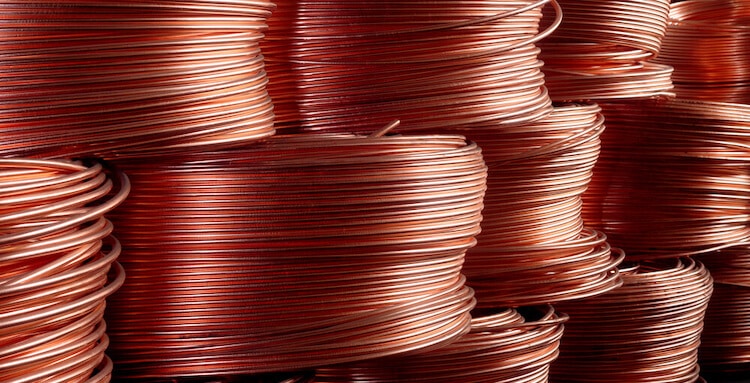
In an Ethernet cable, the purity of copper determines the quality of your ethernet cable. If a purer copper is used in the cable, a loss in signal will be lesser. However, pure copper comes at a higher cost. Thus, ethernet cable becomes more expensive as better copper wires are used in them.
Copper wires can come as copper clad aluminum wires, bare copper wires, pure copper wires, and oxygen- free copper. A copper clad aluminum wire is created by dipping aluminum wires in a thin coating of copper. An oxygen-free copper (OFC) is built to reduce oxidation, which can improve efficiency in transmission. An oxygen-free copper is the best option, despite being more expensive transmits data most efficiently with lesser issues and lesser data loss.
If placed in order of copper purity, the oxygen-free copper wire comes first, then pure copper wire, followed by bare copper wire, and lastly copper clad aluminum wire. An oxygen-free copper has typically a copper purity of 99.95%. For efficiency, choose pure copper or Oxygen-free copper. On the other hand, for a more affordable and cost-saving option, copper clad aluminum wires are good to go.
Jacket Material
The material used for an ethernet cable jacket can be either a flame retardant or a non-flame retardant. As a recommendation, it is obviously better to choose an ethernet cable equipped with flame retardant jacket material.
Take note that there are various kinds of flame retardant materials, types, and ratings, that can be used in an ethernet cable. Some of these are CM, CMR, CMP, LSZH, to name a few. The CM, CMR, and CMP are the most common types which are named by the National Electric Code (NEC).
Here are brief discussions for each term:
- Communications Multipurpose (CM)- In general terms, this is the minimum jacket rating for installation in walls for residence type or a single-story commercial building.
- Communications Multipurpose Cable, Riser (CMR)- This is a rating for cables designed to prevent fires that spread higher between floors through a riser or vertical shafts. This is a higher rating that CM, and thus, is more expensive.
- Communications Multipurpose Cable, Plenum (CMP)- This rating is known to be the “premium-rated” cable. This is manufactured to prevent fires from spreading to no more than five feet and does not have smoke emitted during a fire. As stated in the name, the CMP rated cables can be installed in plenums where air travels, thus the cables should not be emitting toxic fumes during a fire. Moreover, they are designed to burn easily and self-extinguish easily.
- Low Smoke Zero Halogen (LSZH)- These are cables that are manufactured with a jacket material which is free from halogen. The LSZH cable is slightly inferior to the Plenum type.
- Optical Fiber Non-conductive Riser (OFNR) and Optical Fiber Non-conductive Plenum - These are constructed with jackets for riser airspace and for plenum airspace, respectively. Compared with the CMR and CMP Ethernet cables, which are made from copper, the OFNR and OFNP have better flame-retardant properties, as well as have more premium qualities as they are fiber optic cables, which are manufactured with materials that are not electricity conductors.
To ensure you maximize the performance of your cables, it is essential to make sure you choose the right cable for your specific application and installation, as well as it complies with the standards.
In general, choosing CMP is the best recommendation as it is capable as an all-around cabling solution. This can provide safer connections and lesser risk from toxic fumes. However, CMR cables are a great choice if your cables will not be running through air ducts or plenums. For household applications, CMR cable is already suitable, as most homeowners are able to install cables without running them into air ducts.
Connector Material
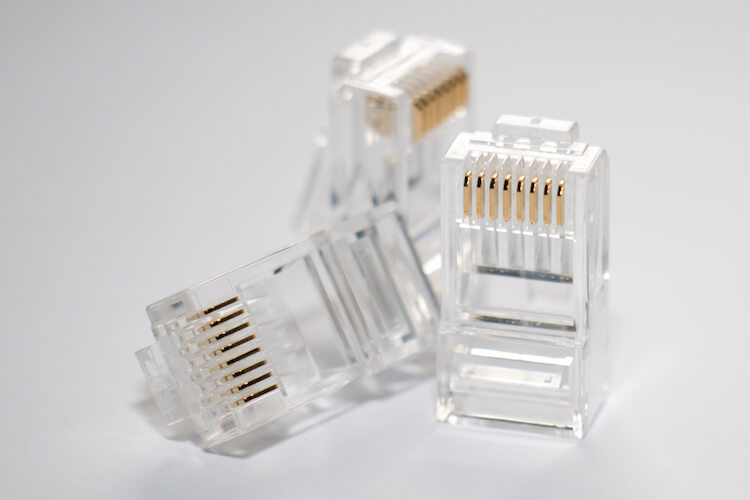
The ends of your cables, the connectors, are also made with various materials that can affect the quality of your cable. Materials such as silver, gold, copper, aluminum, nickel, and iron are most commonly used for connectors.
Conductivity
Conductivity is only one of the major factors in considering is the best material. In all the stated materials, silver is the most conductive, next is gold and copper, followed by aluminum, then nickel, and lastly iron.
Resistance
Resistance to oxidation is another thing to consider. Given that the connectors are the exposed part of your cables, they should be able to resist oxidation to ensure reliability and prolong working life. From the given materials, both silver and aluminum are very susceptible to oxidation.
Which is the best patch cable connector?
With that, gold is the best choice for a connector with its resistance to degradation. A cable with long operational life will equate to more savings from replacement and reduce the time for maintenance and repairs.
Moreover, the thickness of gold plating is a contributor to cable durability. The thickness, which is measured in microns, plays an important factor in the life of the connector. A thin plating (i.e. low-micron plating) is not optimal and will wear out immediately. As a rule, the thicker the plating, the better. In the industry, a gold-plating of 50 microns is the thickest available. This will be the optimal thickness for gold-plating and can serve a reliable, stable and fast connection.
What are the important things you should look at and ask for from the cable supplier before buying?
Perhaps you want to purchase bulk Ethernet cables from a cable manufacturer. In this case you would want to see what value-added services they have. These would include assistance from the design stage up to after-service supports. What lies between these services might also include referrals for contractors, commissioning during installations and seminars or talks for education purposes. These would be beneficial to the growth of your company.
Here are some for the practical things you can request for before you make a purchase of network cables.
Request for Free Ethernet Cable Sample
Most cable vendors encourages clients to request free samples from them. Otscable has a “Request for Free Sample” form in their website that lets you fill up information about you or your company to ascertain that you can secure an Ethernet sample from them.
This is also to establish a relationship between you and the supplier. They would personally contact you to ask what you need or what your network system require.
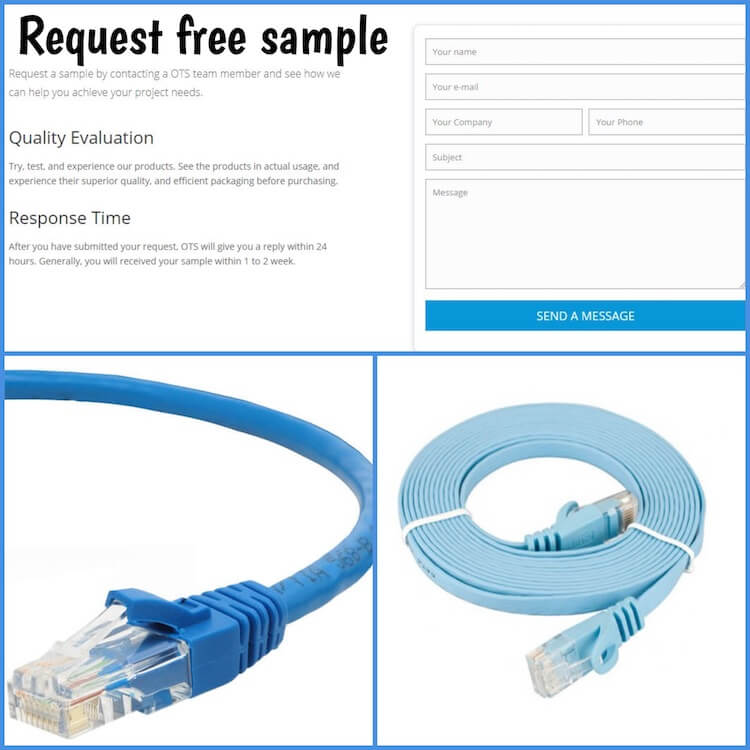
Inspect the Manufacturing Process
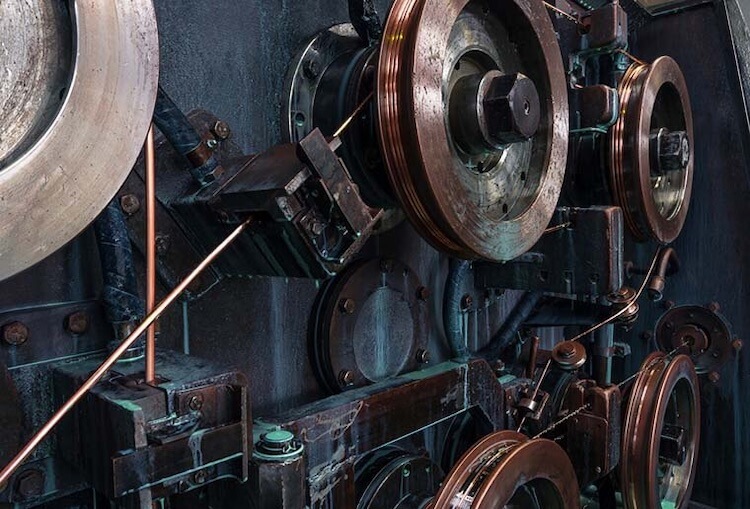
Cable vendors that talk openly about their processes breeds trust. It also bridges information gaps between the client and the manufacturer. How did the manufacturer produce cables? Is the manufacturing process reliable?
We have summarized above the features you should look for in a high quality network cable, right? Now you may want to ponder on these while you inspect the vendor’s process: Is the manufacturing process correlating with the quality of the cable output you want? You can examine all of these by yourself when the process transparency is right in front of you.
What Cable Certifications They Have
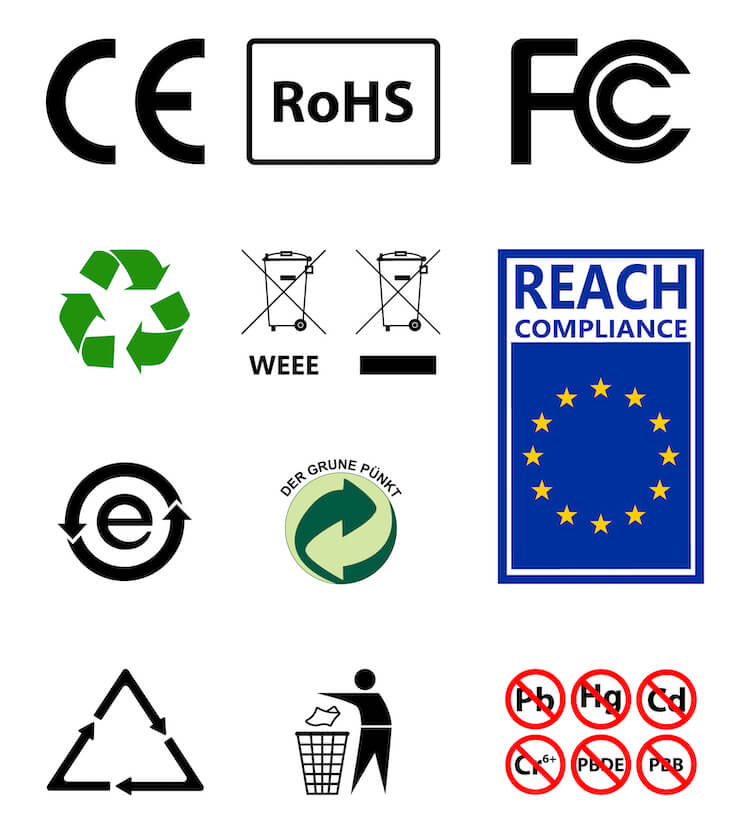
You should also inspect the certifications the supplier have and the validity of the certificates. These certificates include, but not limited to, RoHS compliance certificate, Underwriters Laboratories (UL), International Standards Organization (ISO), etc.
Do They Have Certified Cable Installers?
Cable manufacturers who have certified cable installers can get you a lot of benefits. It also means the cable manufacturer deserve a plaque for expertise in cabling infrastructure. If they have certified cable installers, it means that they have professionals who can guide you and give further advice when choosing the best Ethernet cable for your network system.
Remember that the best way to learn is to learn from the experts. With that being said, you can consult different cable manufacturers and see what they have to say about. From there, you can choose the best decision for your cabling needs.
Ask for the Warranties They Will Provide, Or Are There?
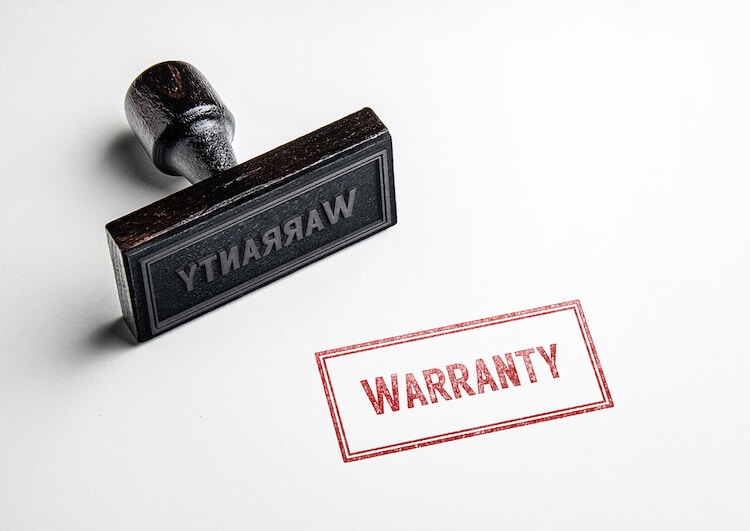
Finally, you would want to know what warranties you will get. When examining different warranties, they are actually diverse. There are those specified for warranty over products or also called Product Warranty.
While product warranties can give a substantial coverage for you, you still have to make certain that you will receive a new product and not a refurbished product. Some manufacturers will insist that they will cover the expenses incurred by the defective product. In this case, you should ask the manufacturer this question before you even buy their product - how would they support cable replacements, especially when they are already installed and you found them defective?
You should take into consideration the costs and service when choosing and buying Ethernet cables. Your business relationship with a cable supplier can be a long-term journey. At your end as a client, you should know what is in store for you.
Know that if the Ethernet cable supplier has a developed and consistent system and service, with funded programs, it is most likely a reliable cable manufacturer. And this in turn communicates the company’s eagerness in listening and responding to customers’ concerns and needs.
Conclusion
There are many factors to consider, that includes those discussed here, that should be evaluated before you buy Ethernet cables. In this article, we’ve summarized the essentials of looking at the quality and features of the Ethernet cable. We also discussed how you can choose an Ethernet supplier that can provide you with utmost cable and service reliability.
You wouldn’t purchase a car by just looking at the sticker, right? You would inspect everything first. Frankly, the inspection of the Ethernet cable is more than just seeing the label as it can affect the efficiency of your whole cable infrastructure.
By choosing OTSCABLE as your cable supplier and partner, you can place an assurance that our team will be there for you in every step of the way.
Resources:
https://www.bluejeanscable.com/networkcablereports.htm
https://www.fs.com/uk/how-to-choose-and-buy-the-best-ethernet-cable-aid-1002.html
![How to [Practically] Choose and Buy the Best Ethernet Cable](https://ots.demo.somue.com/wp-content/uploads/2019/08/Otscable-logo.png)
